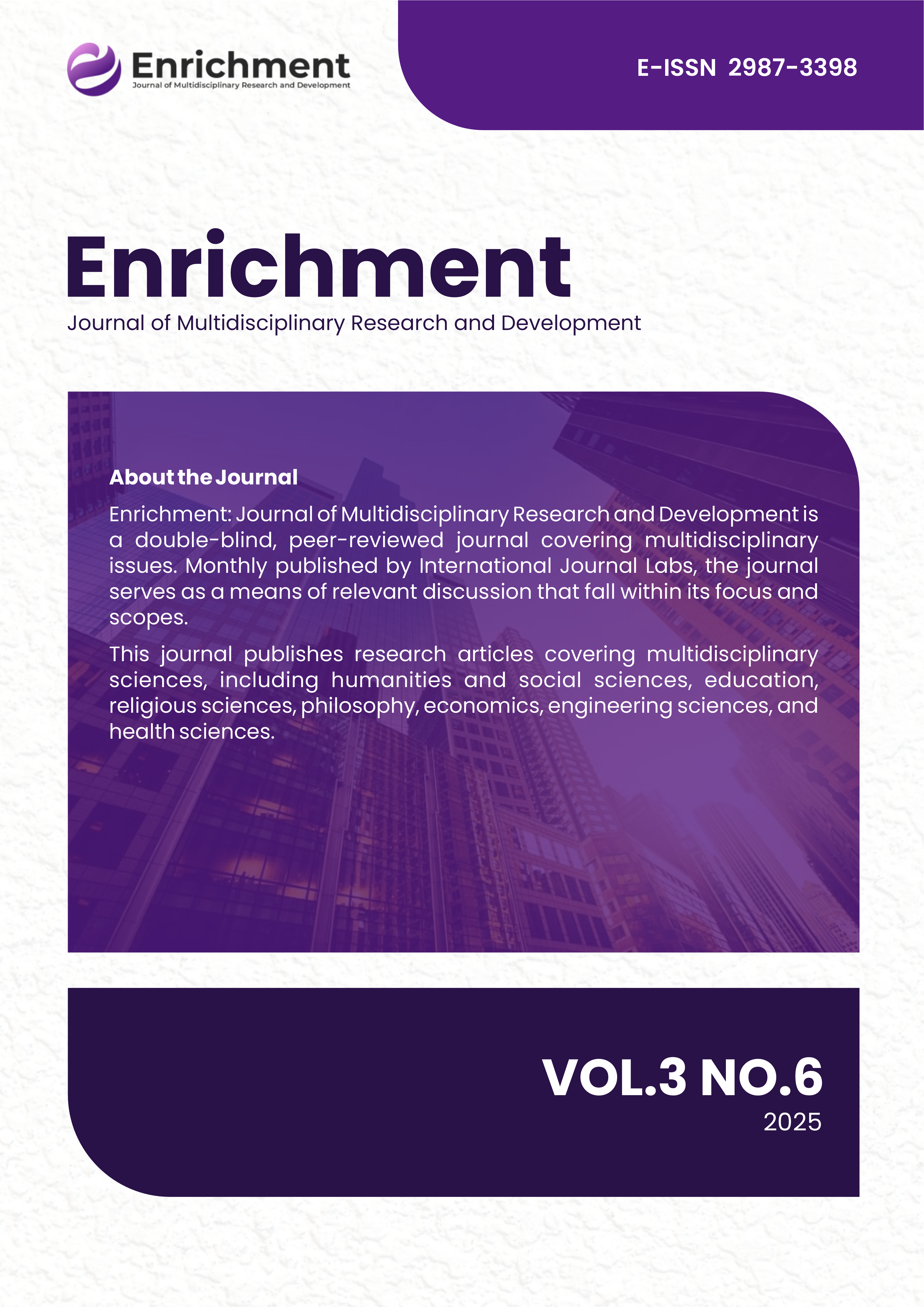Advancements in Radio Direction Finding and Geolocation: A Comprehensive Literature Review
DOI:
https://doi.org/10.55324/enrichment.v3i6.524Keywords:
radio direction finding, geolocation, angle of arrival, machine learning, radio frequency interferenceAbstract
Radio Direction Finding (DF) and geolocation technologies are important for communication, modern navigation, and defense systems. While the foundational techniques have existed for over a century, they are increasingly challenged by modern electromagnetic environments. The growing complexity from signal multipath, widespread radio frequency interference (RFI), and the demand for higher precision strain the limits of these traditional methods. This paper provides a comprehensive review of the state-of-the-art in radio DF and geolocation, synthesizing recent scientific literature to map its evolution and current trajectory. This review also identifies the movement away from conventional, algorithm-based approaches and toward integrated, intelligent systems that dynamically adapt to their surrounding environments. Our systematic survey of recent literature from credible and updated databases identifies new technologies, key trends, and ongoing challenges in the field. The main finding is that the field is increasingly reliant on the synergistic fusion of advanced antenna architectures, hybrid multi-platform network configurations, and, most critically, artificial intelligence (AI) and machine learning (ML) to overcome the physical limitations of radio wave propagation. This synthesis highlights how AI is revolutionizing everything from spectrum sensing and RFI mitigation to signal classification and system optimization, paving the way for real-time, adaptive, and high-precision localization systems with a degree of robustness previously unattainable.




